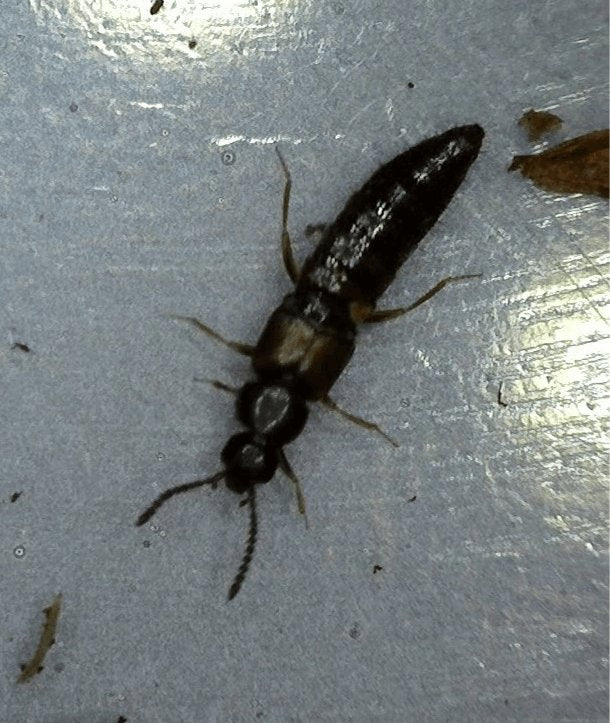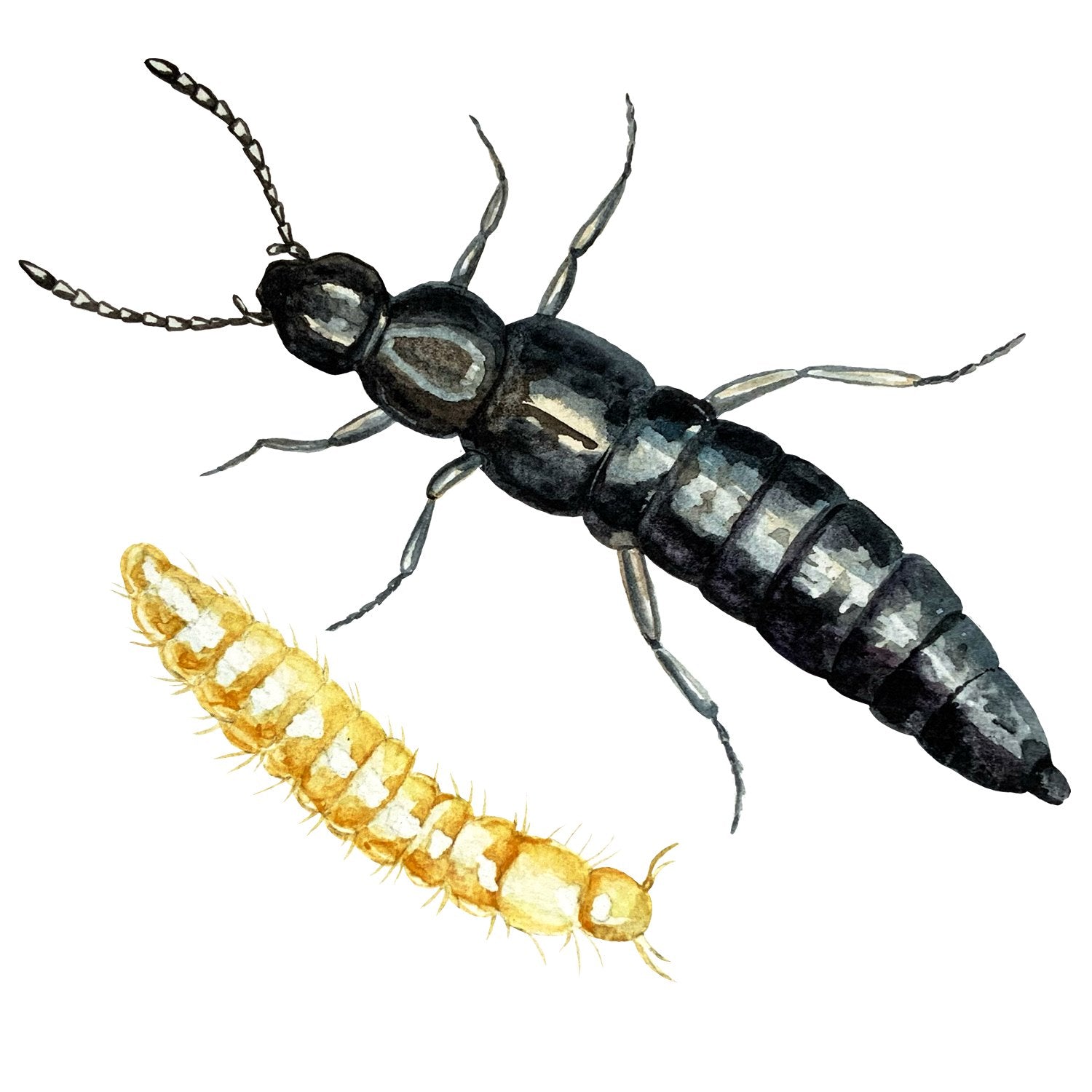MI Beneficials
Rove Beetles (Dalotia coriaria) - Fungus Gnat Control
Rove Beetles (Dalotia coriaria) - Fungus Gnat Control
Couldn't load pickup availability
The Rove beetle (Dalotia coriaria) is a species of soil-dwelling beetles which feeds on fungus gnats, thrips, root aphids and some small mites. The larvae and adults are both aggressive eaters. The larvae are light brown to dark brown in appearance and are more worm-like, while the adults are 3-4 mm long and dark with a slender body and wings. The wings allow them to mobilize from container to container in a grow room and from area to area in an outdoor environment, to attack where pests are prevalent. These wings allow them to establish quickly in their introduced environment as well.
Life Stages:
The complete life cycle of rove beetles is 21 days. Eggs hatch in 3-4 days into larvae, which resemble translucent adults. During their reproductive stage, female rove beetles produce 6 to 8 eggs per day, for 14 days in pupal chambers are constructed out of silk. Each adult and larvae beetle consumes 10-20 prey per day.
Effective Against:
Effective control of fungus gnats and shoreflies. Will also eat soil stages of thrips as well as root aphids, root mealy bugs, moth flies, carrot flies and cabbage root flies.
Application Instructions
Application Instructions
Application Recommendation:
Ideally, rove beetles are introduced before fungus gnat and pest populations become established or are in low numbers to allow them time
to establish population numbers for effective prevention. Rove beetles will still establish even if their is an established pest, it just may take extra time and a higher application rate of rove beetles.
Application Instructions:
For best results, clear a little hole through any mulch in the
release spot. Our rove beetles come packaged in an organic
vermiculite/coco coir blend along with a small amount of organic seed blended for food. We package them this way so they are able to sustain
during shipping and also so all gardeners, organic or non, can simply dump the contents of the package into their container or greenhouse. When distributing in different spots from the same insect container, gently agitate the container to bring beetles up to the top. Tip container slowly while tapping and allow beetles to fall out. If needed you can use your finger to push them, they will not bite. Repeat in each
location as necessary. You can also use a vertical walled plastic cup to dump each group into for counting prior to release.
After releasing, hold on watering for at least 24 hours to allow them to establish without any disruption.
Rove beetles are regenerative, thus they will not need to be
reintroduced again through the life of your soil. If you are using
No-Till, this means one application per container. Period. If you are using coco, rockwool or any other disposable growing media, re-application is necessary for each grow cylce.
Storage
Storage
We recommend introducing all living insects as soon as possible for optimal liveliness.
Shipping
Shipping
$7 Shipping on orders over $50 to most US states.
$12 Shipping on orders under $50 to most US states
2-day required for AZ, CA, NV, NM, OR, TX and WA ($22)
Roves are shipped with either heating or cooling along with insulation when necessary.
Returns and Replacement
Returns and Replacement
We cannot offer any returns on any beneficial insects.
Share
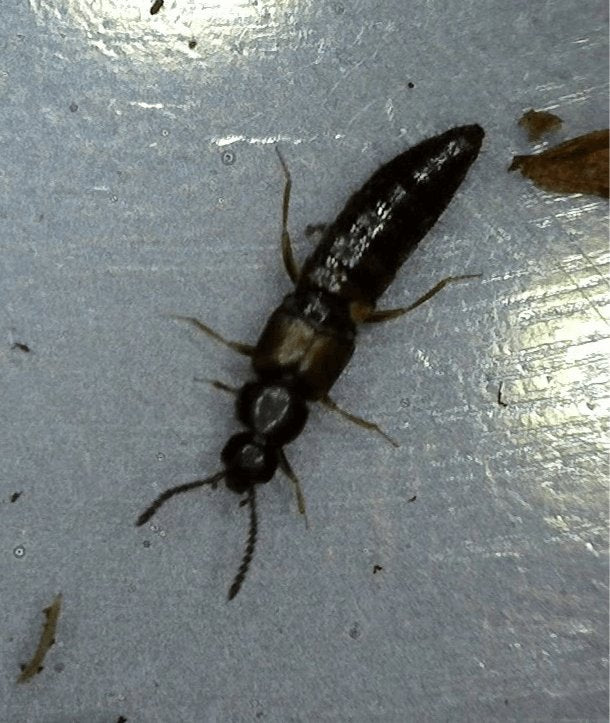
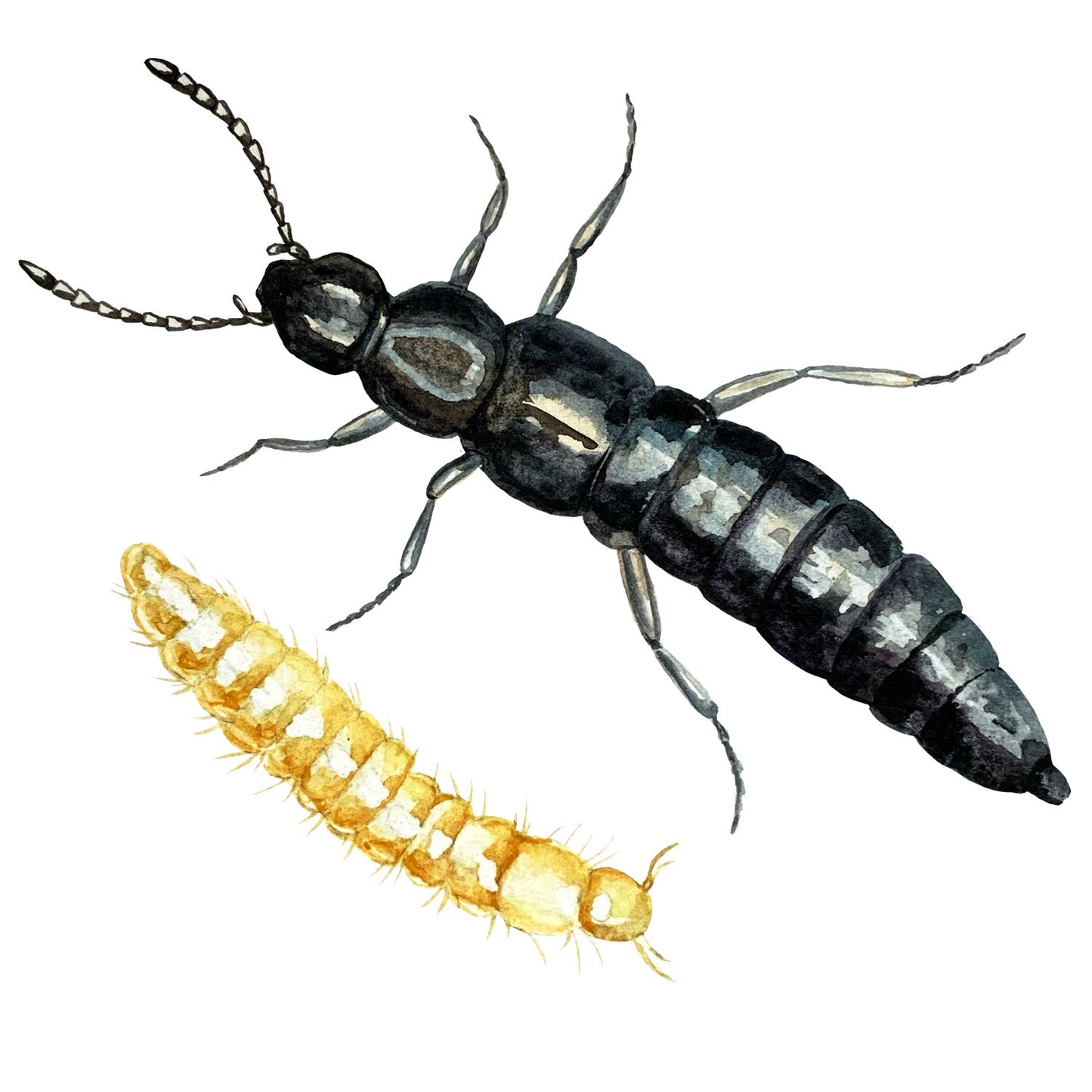
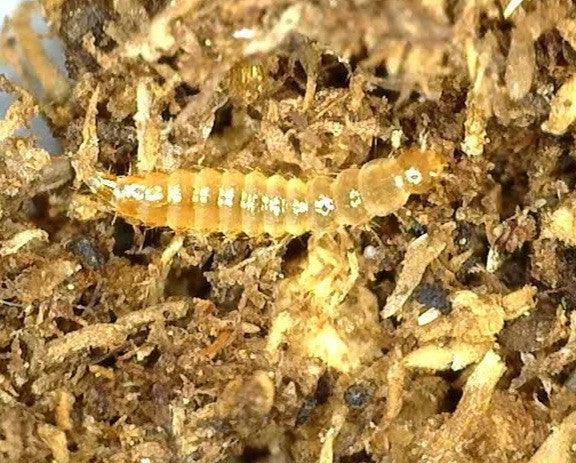
-
Small, Family Owned Business
We are a small, family-owned operation who are looking to provide quality products at affordable prices. We appreciate your consideration and your business means so much to us!
-
Customer Verified
Our living insect products work very effectively! Check out one of our customer testimonials to see how our products have helped others.
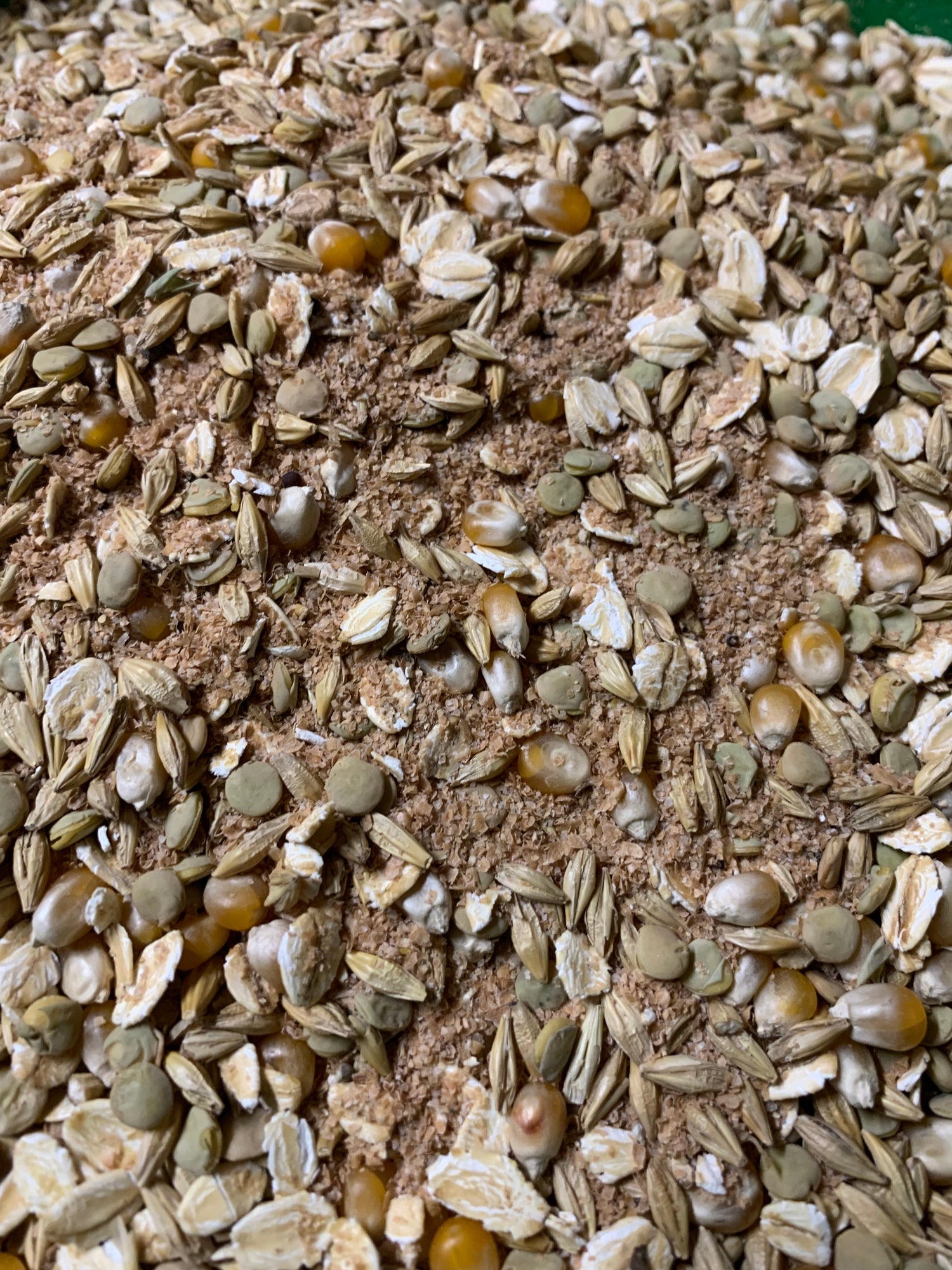
Don't Forget the Beneboost!
Beneboost is a combination of organic sprouted seeds, oats and wheat bran. Together they make up an excellent soil amendment not only for your plant, but as a full diet for your beneficial soil organisms. Just give it a try and see how your soil really starts to jam!
Get To Know Your Beneficials Soil Organisms!
View all-
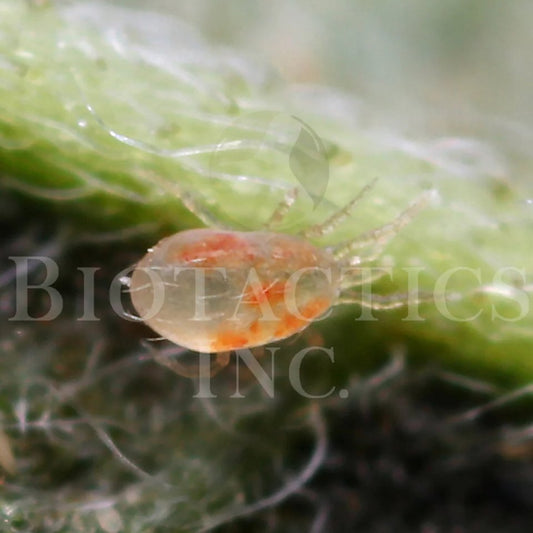
Galendromus Occidentalis predatory mites
Galendromus Occidentalis are a native predator mite to the West Coast of the United States, thus it has the nickname of "Western Predatory Mite". Galendromus Occidentalis is generalist predator of spider...
Galendromus Occidentalis predatory mites
Galendromus Occidentalis are a native predator mite to the West Coast of the United States, thus it has the nickname of "Western Predatory Mite". Galendromus Occidentalis is generalist predator of spider...
-
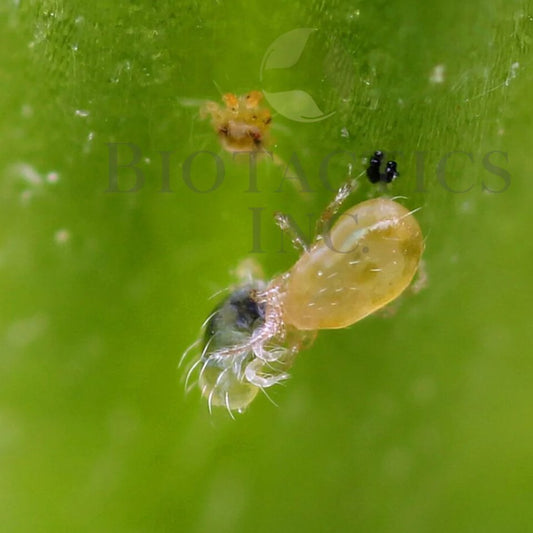
Neoseiulus (Amblyseius) Californicus predatory ...
Neoseiulus californicus are a microscopic Type II predatory mite, "cousin" to the Neoseiulus fallacis, that feeds on several species of spider mites. They are found in warmer climates around the world...
Neoseiulus (Amblyseius) Californicus predatory ...
Neoseiulus californicus are a microscopic Type II predatory mite, "cousin" to the Neoseiulus fallacis, that feeds on several species of spider mites. They are found in warmer climates around the world...
-
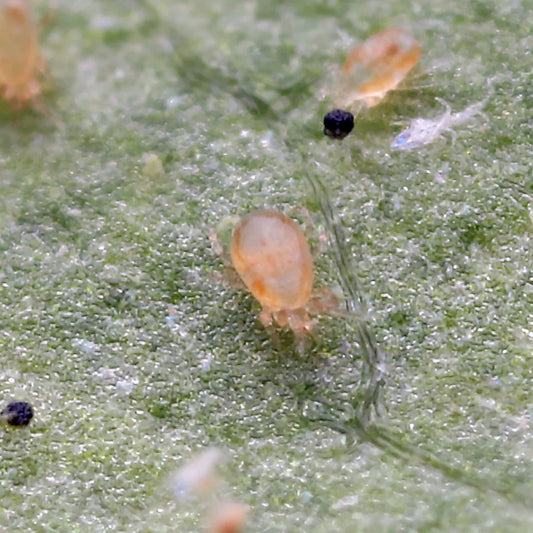
Neoseiulus (Amblyseius) Fallacis predatory mites
Neoseiulus fallacis are a microscopic Type II predatory mite, "cousin" to the Neoseiulus californicus, that feeds on several species of spider mites. They are widely distributed across North America, in...
Neoseiulus (Amblyseius) Fallacis predatory mites
Neoseiulus fallacis are a microscopic Type II predatory mite, "cousin" to the Neoseiulus californicus, that feeds on several species of spider mites. They are widely distributed across North America, in...

